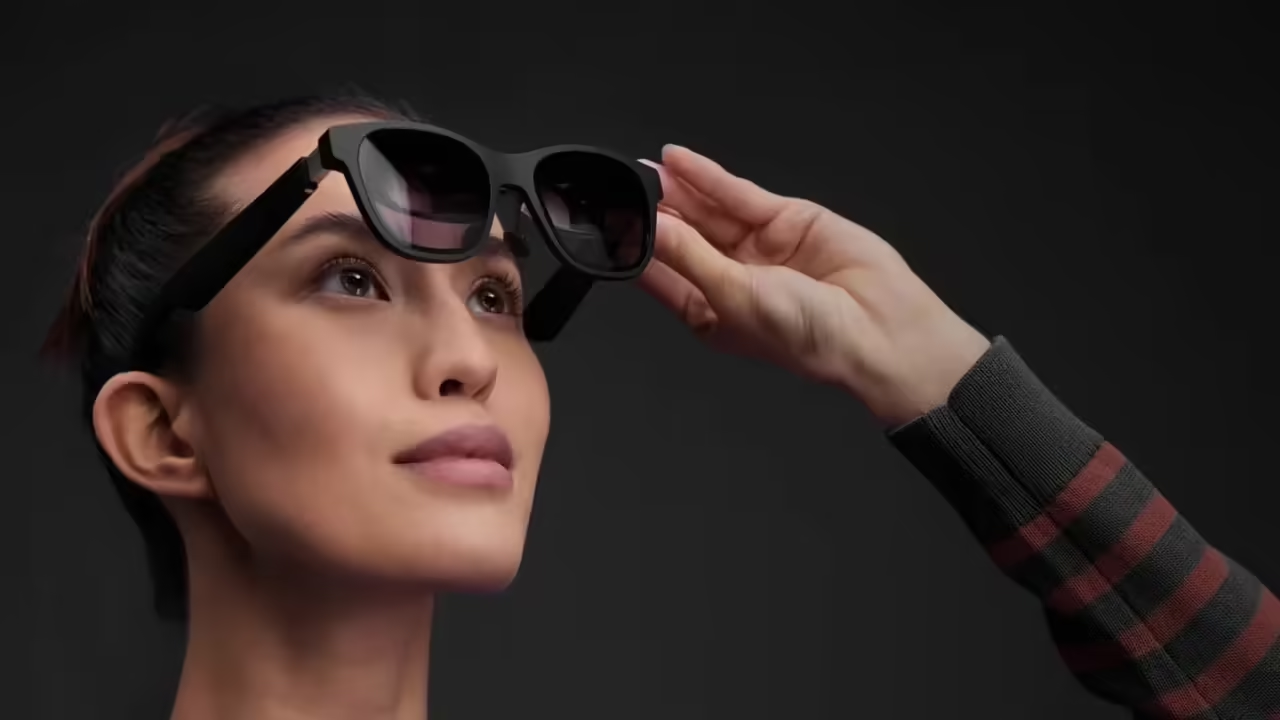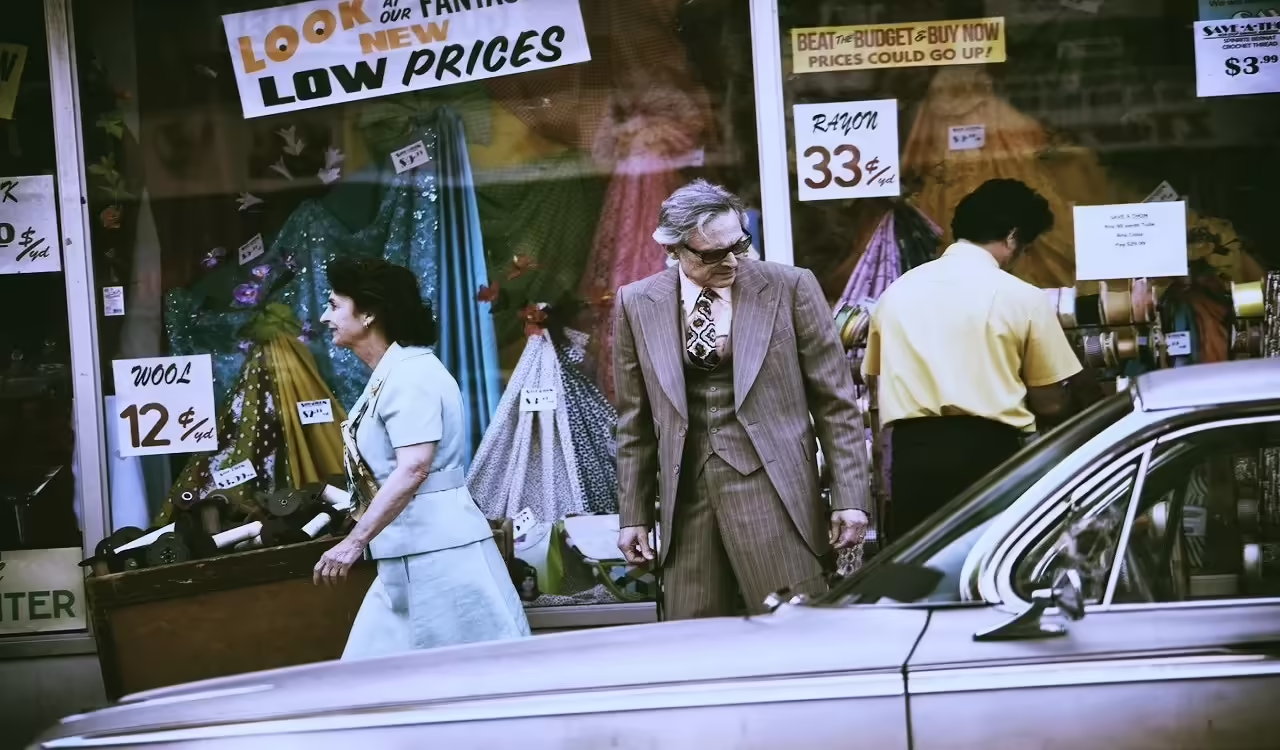
In the realm of cinematic history, few moments have had as profound an impact as the advent of 3D technology. One film, in particular, stands as a beacon of this transformative era — “Avatar.” Directed by the visionary James Cameron, this groundbreaking masterpiece not only took audiences on a mesmerizing journey to the alien world of Pandora but also redefined the possibilities of filmmaking through its revolutionary use of 3D technology.
A Cinematic Milestone:
“Avatar,” released in 2009, was more than just a movie; it was a cinematic milestone that forever altered the landscape of the film industry. At its core, the film was an immersive experience, leveraging 3D technology to transport viewers into a visually stunning and captivating universe.
Pushing Technological Boundaries:
James Cameron, known for his penchant for pushing technological boundaries, embraced 3D as a storytelling tool rather than a mere visual gimmick. The result was a film that not only wowed audiences with its breathtaking visuals but also seamlessly integrated 3D into the narrative. The lush landscapes of Pandora, coupled with the depth and realism afforded by 3D, created an unprecedented level of audience engagement.
Immersion Redefined:
“Avatar” shattered preconceived notions about what 3D could achieve in cinema. It wasn’t just about objects appearing to leap off the screen; it was about immersion — the feeling of being an active participant in the storytelling process. The film’s success demonstrated that 3D wasn’t merely a fleeting trend but a legitimate tool for enhancing narrative depth and audience connection.
Influencing Filmmaking:
The success of “Avatar” didn’t end with box office records. It sparked a revolution in the filmmaking process, influencing directors and studios worldwide. Filmmakers began to view 3D as a creative medium rather than a commercial add-on, and subsequent films explored new ways to harness its potential.
Technological Legacy:
Beyond its cultural impact, “Avatar” left a lasting technological legacy. The film’s success prompted advancements in 3D camera technology, post-production techniques, and even theater infrastructure. These innovations, driven by the demands of a post-“Avatar” era, contributed to a new standard for the 3D cinematic experience.
The World of Pandora: Crafting a Visually Stunning Universe
In the vast realm of cinematic landscapes, few creations have captivated audiences with the same level of awe and wonder as the fictional world of Pandora. Nestled within the frames of James Cameron’s “Avatar,” this extraordinary universe stands as a testament to the power of imagination and the seamless integration of cutting-edge technology.
The Genesis of Pandora:
The creation of Pandora was no small feat. It required a meticulous blend of artistic vision and technological innovation to conjure a world that felt both alien and eerily familiar. James Cameron, known for his attention to detail, worked closely with a team of creative minds to sketch the blueprint of this fantastical realm.
A Symphony of Colors and Textures:
Pandora, with its bioluminescent flora and otherworldly fauna, demanded a level of visual sophistication that stretched the boundaries of conventional filmmaking. The use of 3D technology became paramount in conveying the depth and nuance of this vibrant ecosystem. The enhanced visual dimension offered by 3D allowed audiences to perceive the intricate layers of colors and textures in a way that traditional filmmaking could not.
Immersive Environments:
One of the defining features of Pandora is its immersive environments — from the dense Hallelujah Mountains to the ethereal glow of the Tree of Souls. The meticulous application of 3D technology transformed these environments into more than mere backdrops; they became living, breathing entities that enveloped the audience in a sensorial experience.
Navigating the Floating Mountains:
The iconic Floating Mountains of Pandora presented a unique challenge in terms of design and execution. 3D technology played a pivotal role in rendering the majestic floating landmasses with a sense of grandeur and scale. Viewers were not just spectators; they were participants, soaring through the floating mountain ranges in a manner that felt remarkably tangible.
Creatures of Pandora: An Ode to Visual Realism:
The diverse array of creatures inhabiting Pandora, from the majestic Banshees to the ferocious Thanator, required a level of visual realism that pushed the boundaries of CGI. 3D technology elevated these creatures beyond mere digital renderings, allowing audiences to perceive the nuances of their movements and behaviors with unparalleled clarity.
3D Soundscapes: Enhancing the Visual Experience
In the realm of cinematic innovation, the marriage of visual and auditory elements has the power to elevate storytelling to unprecedented heights. One such synergy that has reshaped the way audiences engage with films is the fusion of 3D visuals with surround sound technology.
The Symbiosis of Sight and Sound:
Cinema, at its essence, is a multisensory experience. While visuals have traditionally taken center stage, the role of sound is equally vital in creating a holistic cinematic environment. The advent of 3D sound technology has not only enriched auditory experiences but has also seamlessly intertwined with 3D visuals to offer audiences a truly immersive encounter.
Building Atmosphere through Surround Sound:
The cornerstone of a compelling cinematic experience lies in the ability to transport audiences into the narrative. Surround sound technology achieves this by extending the auditory field beyond the confines of the screen. Whether it’s the rustle of leaves in a dense forest or the distant echoes of a bustling city, 3D sound fosters an atmosphere that envelopes the viewer, intensifying the emotional connection to the unfolding story.
3D Sound Design: A Cinematic Symphony:
Just as 3D visuals breathe life into on-screen landscapes, 3D sound design creates a symphony of auditory elements that dance around the listener. The spatial precision of sound complements the depth and perspective offered by 3D visuals, allowing for a more nuanced and realistic sonic experience. From subtle whispers to thunderous roars, each element finds its place in the immersive tapestry of the cinematic journey.
Heightening Suspense and Drama:
In genres ranging from action to horror, the fusion of 3D visuals and surround sound has proven to be a potent combination. The ability to pinpoint the origin of a sound in three-dimensional space enhances suspense, immersing the audience in the tension of the moment. Footsteps approach from behind, echoes reverberate through vast landscapes, and the interplay of sound and vision becomes a choreography that heightens the emotional impact of each scene.
A Complete Cinematic Spectrum:
The integration of 3D sound is not a mere accessory but a fundamental component of the modern cinematic experience. When synchronized with 3D visuals, it transforms movies into sensory masterpieces, offering a complete spectrum of visual and auditory stimuli. This convergence represents a paradigm shift in filmmaking, where the fusion of technologies aims not just to entertain but to envelop audiences in a multidimensional narrative.
James Cameron: Pioneer in the 3D Experience
In the ever-evolving landscape of filmmaking, certain visionaries stand as trailblazers, shaping the industry’s trajectory through innovation and a commitment to pushing technological boundaries. James Cameron, a name synonymous with cinematic excellence, emerges as a pioneer in the effective utilization of 3D technology.
Visionary Directorship:
James Cameron has long been celebrated for his visionary approach to filmmaking. From “Terminator” to “Titanic,” his films have consistently set new standards for storytelling and technical achievement. It was, however, with “Avatar” that Cameron cemented his legacy as a director unafraid to embrace cutting-edge technologies to enhance the cinematic experience.
Embracing 3D as a Narrative Tool:
While 3D technology had been utilized in cinema before “Avatar,” Cameron approached it not as a mere visual spectacle but as an integral component of storytelling. His decision to film “Avatar” using stereoscopic 3D cameras was a deliberate move to immerse audiences in the alien world of Pandora. Cameron saw 3D not as a gimmick but as a narrative tool, a means to deepen the connection between viewers and the film’s rich, visual tapestry.
Crafting a Visually Dynamic Universe:
“Avatar” presented Cameron with the challenge of bringing Pandora to life in a way that had never been seen before. The director’s insistence on using 3D technology in the filmmaking process, from the capture of performances to the rendering of CGI landscapes, resulted in a visually dynamic universe that captivated audiences worldwide. Cameron’s commitment to innovation transformed “Avatar” from a film into a groundbreaking cinematic experience.
Overcoming Technical Challenges:
The use of 3D technology in “Avatar” wasn’t without its challenges. Cameron, however, approached these hurdles with the same determination that defined his career. From refining stereoscopic camera systems to addressing concerns about audience comfort, his hands-on involvement in overcoming technical challenges showcased not only his directorial prowess but also his dedication to ensuring that 3D technology served the narrative rather than overshadowing it.
Behind the Scenes: Technology and Creativity in ‘Avatar’
The magic of cinema often lies in the seamless fusion of artistic vision and technological innovation. Nowhere is this synergy more evident than in James Cameron’s “Avatar.”
The Visionary Blueprint:
Before the cameras started rolling, James Cameron and his team embarked on a creative journey to design the alien landscapes of Pandora. The visionary blueprint laid the foundation for a world that was not only visually striking but also culturally rich. This initial phase involved a close collaboration between Cameron, concept artists, and visual designers to translate his vision into a tangible reality.
The Role of 3D Technology:
At the heart of “Avatar” was the groundbreaking use of 3D technology. Cameron, a director known for his embrace of cutting-edge tools, collaborated with experts in 3D cinematography to pioneer new techniques. The decision to shoot in stereoscopic 3D added a layer of depth and realism to the film, demanding a level of technical precision that would become a hallmark of the production.
CGI Marvels: Bringing Pandora to Life:
The creation of Pandora relied heavily on the expertise of CGI artists and animators. From the bioluminescent plants to the intricacies of Pandora’s wildlife, the collaboration between visual artists and technology experts resulted in CGI marvels that blurred the lines between fantasy and reality. Each frame was a canvas where creativity met technological ingenuity.
Motion Capture and Performance:
Capturing the nuances of the Na’vi characters required a unique blend of technology and performance. The collaboration extended to the use of motion-capture technology, where the movements and expressions of actors were meticulously translated into the digital realm. This intersection of technology and thespian artistry was crucial in infusing the characters with a lifelike quality.
Sound Design: Enhancing the Cinematic Experience:
The immersive experience of “Avatar” wasn’t confined to visuals alone. Sound designers and engineers collaborated to create an auditory landscape that complemented the stunning visuals. Every rustle of leaves, every creature’s call was intricately crafted to enhance the cinematic experience. This synchronization of sound and visuals added layers of depth to the storytelling.







